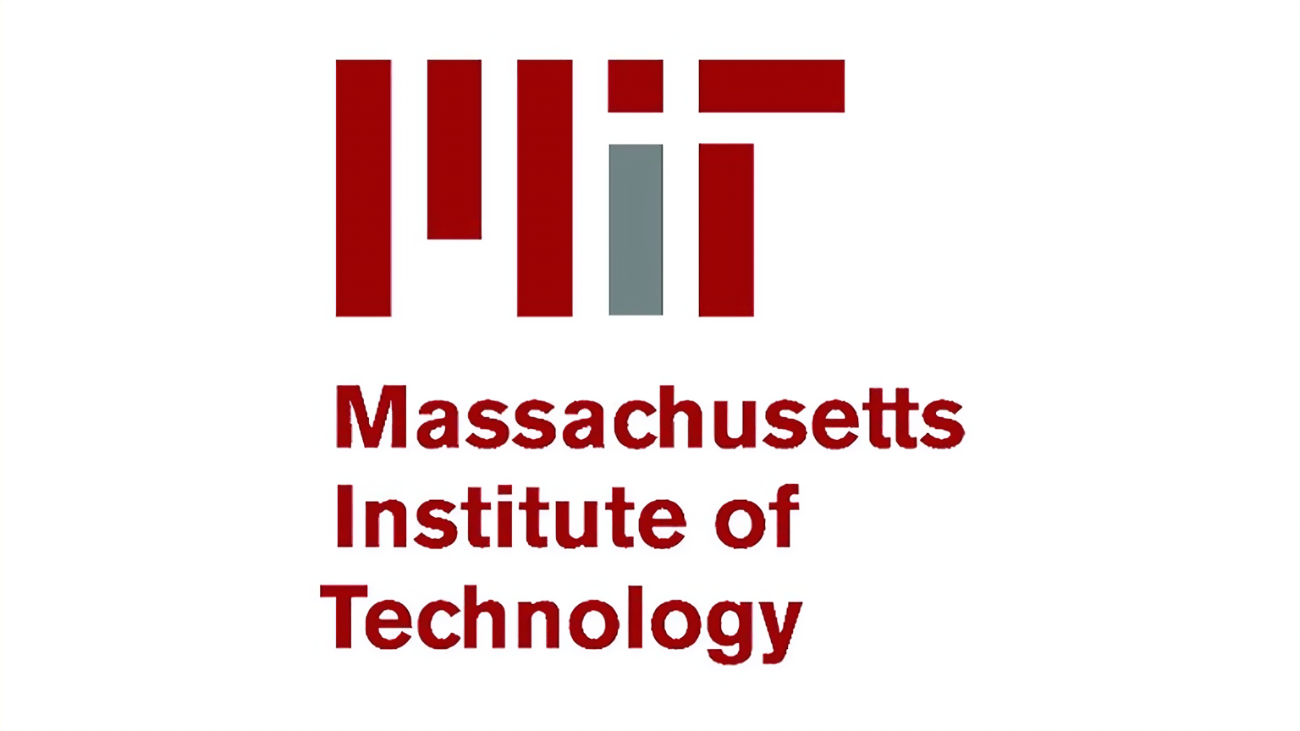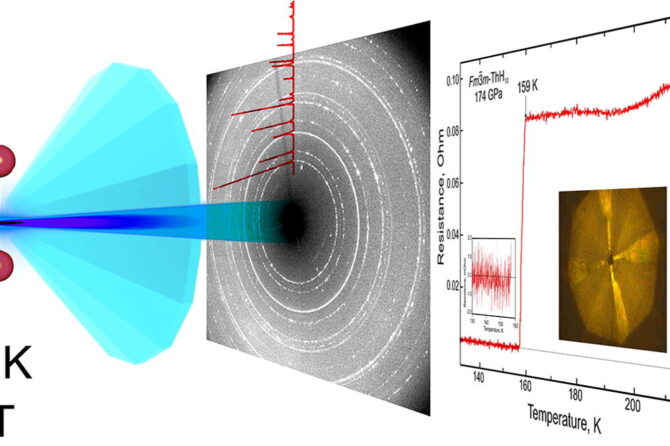
Researchers from the National Institute of Standards and Technology (NIST) and Xanadu, a Canada-based startup, have reported developing a full-stack, photonic quantum computer able to carry out three important quantum algorithms, including one useful in quantum chemistry and another for graph similarity.
Xanadu provides a short video describing the tech.
There are three components to the system:
- A squeezer
- An interferometer
- A photon detector
Using laser input, the squeezers (resonators) generate a special quantum state, a squeezed state, essentially forming the qubits (of superposed photons). The qubits are carried via a wave guide through a network or beam splitters and phase shifters which comprise the interferometer.
Think of the interferometer as the controllable set of gates applied to the qubits. The outputs are entangled photons whose state and number is counted and interpreted.
Excerpt from the paper describing the apparatus details:
- A custom modulated pump laser source producing a regular pulse train (100 kHz repetition rate) of 1.5ns duration rectangular pulses.
- An electrically and optically packaged chip that synthesizes a programmable eight-mode Gaussian state with temporal mode characteristics appropriate for photon number resolving readout.
- A locking system which serves to align and stabilize the resonance wavelengths of the on-chip squeezer resonators.
- An array of digital-to-analog converters (DACs) for programming phase shifter voltages on the chip.
- An array of low-loss (off-chip) wavelength filters to sup- press unwanted light, passing only wavelengths close to the signal and idler for detection.
- A detection system, which consists of an array of eight transition-edge sensor (TES) detectors for photon number-resolving readout, and the auxiliary equipment required to operate and acquire data from them.
The researchers ran tests around three classes of problems: Gaussian boson sampling, vibronic spectra, and graph similarity. All three approaches show promise for being able, when run on quantum computers, to solve problems beyond the capacity of classical computers. (HPCWire)
Their work has been published in Nature.
The post NIST/Xanadu report photonic Quantum Computing advance appeared first on Swiss Quantum Hub.





